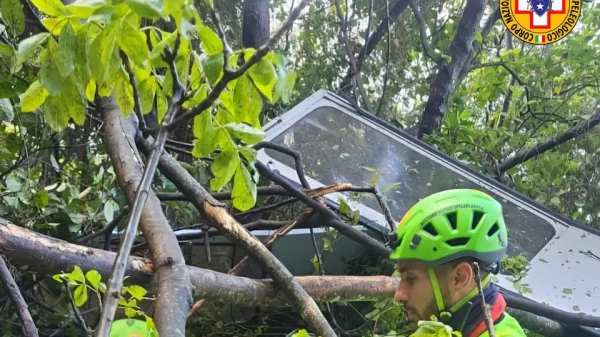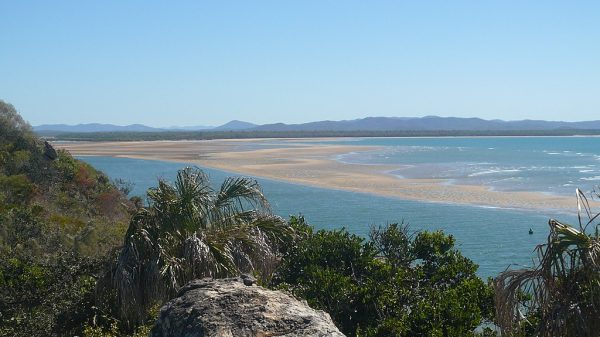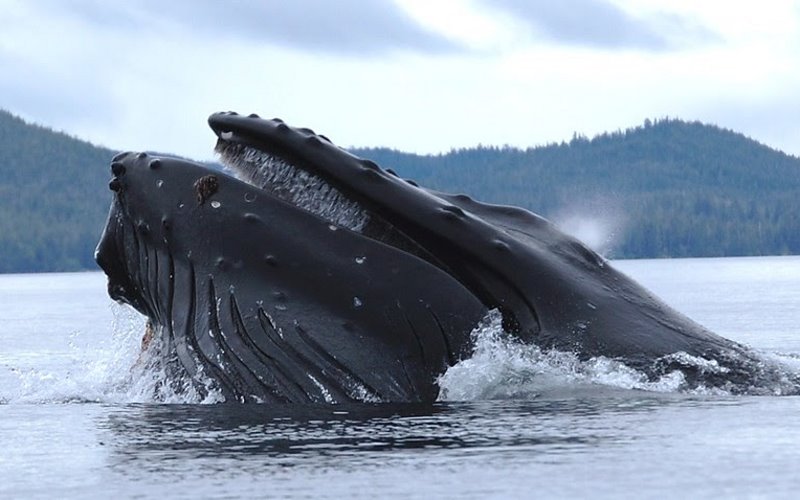The High Seas Alliance congratulated Chile for becoming the first Latin American country to officially ratify the historic High Seas Treaty at the United Nations headquarters yesterday, thereby joining Palau as the leading nations in the Race for Ratification1.
“ Chile and Palau have set the pace in the Race for Ratification of this vital global Agreement. Their leadership is crucial to turning the tide for ocean conservation and we thank them for blazing the trail forward. But time is not on our side. We need 58 more countries to urgently ratify the Treaty before it will become international law and help us halt the drastic decline in ocean health. Only then can we properly safeguard the High Seas, which are the least protected area of our planet. Through united action we can ensure that our shared, global ocean can thrive and sustain us for generations to come ,” said Rebecca Hubbard, Director of the High Seas Alliance.
“ Chile has been a leader throughout the negotiations of the High Seas Treaty at the United Nations and continues to demonstrate its blue ambition and commitment to protecting the High Seas by being the first Latin American country to ratify it. Our region depends on healthy High Seas habitats for many economic activities, including fisheries and tourism, and benefits from a myriad of many other ecosystem services. In light of this dependency, we anticipate that other countries across the region and around the world will soon follow Chile’s lead and ratify the High Seas Treaty ,” said Mariamalia Rodríguez, High Seas Alliance coordinator, Latin America.
The High Seas – the ocean beyond countries’ maritime borders – covers half the planet, is home to the world’s greatest wealth of biodiversity and plays an essential role in regulating our climate by absorbing about 30% of the CO2 produced by humans each year. This vast ocean area supports some of the most important, yet critically endangered ecosystems on Earth, yet a lack of governance has left it increasingly vulnerable to overexploitation. Currently, only 1.5% of the High Seas is protected.
Once 60 countries ratify the High Seas Treaty, it will enter into force and become the world’s first international law to mandate the conservation and management of biodiversity beyond national jurisdictions (BBNJ), enabling the establishment of High Seas marine protected areas, and regulating potentially harmful activities through comprehensive environmental impact assessments. Chile and Belgium have both applied to host the BBNJ Secretariat once the Treaty enters into force.
Since it opened for signature at the UN General Assembly in September 2023, 87 UN Member States have signed the High Seas Treaty, thereby expressing their intention to proceed to ratification2. The High Seas Alliance and its members are working with governments to secure the 60 ratifications needed for the Treaty to enter into force by the 2025 UN Ocean Conference in Nice, France.
Transforming the High Seas Treaty into action in the water is a critical step to securing international goals to reverse the climate and biodiversity crises, including the goal to protect 30% of the world’s land and sea by 2030, agreed during the UN global Biodiversity Summit in December 2022.
Track countries’ progress on the High Seas Treaty and find out more about the #RaceForRatification at www.highseasalliance.org/treaty-ratification.
There are 193 Member States to the United Nations. See a full list on the High Seas Alliance Ratification Tracker.
Signing does not establish consent for States to be bound to the Treaty, but it does express the willingness of the signatory State to continue the treaty-making process and for it to proceed to ratification. Signing also creates an obligation to refrain, in good faith, from acts that would defeat the object and the purpose of the Treaty. Following signature, countries can ratify the Agreement at any time. The Treaty text specifies that this Agreement shall be open for signature by all States from 20 September 2023 and will remain open for signature at the UN Headquarters in New York until 20 September 2025. Once this period has past, States can join by acceding to the Agreement. Accession refers to the act whereby a State expresses its consent to be bound by an Agreement. This can take place after a Treaty has entered into force.
Ratification is when nations formally consent to the new international law, and this often entails ensuring that their national laws are consistent with it. The speed and process to ratify varies by country. In some countries, the act of ratification is simply a Leader’s decree, while in others Parliamentary approval is needed.
Read more about the High Seas Treaty in this factsheet and FAQs.
Picture credit : NOAA – Humpback whale straining krill




















